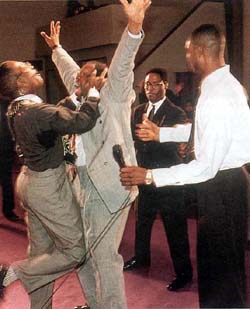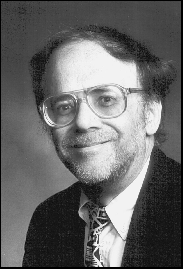
Click
here for the series outline.
Chapter 4. Palestinian Jewish NamesA new resource for study of the GospelsIn this key chapter Bauckham takes a small ‘time out’ from the main thrust of his argumentation in order to pursue an investigation of Palestinian Jewish names in the first century. He does this to inform his approach in the following chapters.
Bauckham’s foundational claim is that, in light of the work of Israeli scholar, Tal Ilan, and her
Lexicon of Jewish Names in Late Antiquity: Part I: Palestine 330 BCE - 200 CE (Tübingen: Mohr Siebeck, 2002) names are now a valuable resource for historical study. Indeed, Ilan has collected the names ‘of as many as three thousand Palestinian Jews who lived during the five centuries’ she covers.
However, Bauckham does not uncritically appropriate Ilan’s work, and he differs in his understanding of certain criteria, which Ilan used to generate the statistical calculations. Bauckham’s purpose is primarily to gauge the popularity of each name and so where ‘Ilan counts persons’, Bauckham counts ‘occurrences of a name’. Thus his statistical analysis produces different results in such a way that indicates that a considerably smaller number of names were actually used.
The relative popularity of namesBased upon his foundational claim that the study of Palestinian Jewish names in the first century is of importance, Bauckham proceeds to assert the significance of the fact that ‘there were a small number of very popular names and a large number of rare ones’. Comparing the results of the broader statistical analysis with the names found in the NT, Bauckham can maintain, despite some anomalies, that the statistical results offered concerning the relative popularity of various male and female names is very plausible.
A comparative study of the names of Palestinian Jews in general and those found in the Gospels and Acts leads to an important observation:
[T]he names of Palestinian Jews in the Gospels and Acts coincide very closely with the names of the general population of Jewish Palestine in this period, but not to the names of Jews in the diaspora. In this light it becomes very unlikely that those in the Gospels are late accretions to the traditions
Why were some names so popular?The fact that ‘six of the nine most popular male names are those of the Hasmonean family’ indicates that the popularity of certain names is understandable as patriotism in light of Roman rule. Other names were popular because they included, or in some way implied, the divine name. Indeed, many of the names seem to reflect a strong hope for Israel’s restoration and for deliverance from pagan oppressors. While Bauckham does not deny that names do not have to be popular for any specific reason but remain popular simply because they are popular and would, for the sake of family tradition, be repeated from one generation to another, he still suggests that ‘these are secondary factors that do not nullify the rather clear general reasons for the really rather extraordinary popularity of a rather small number of names’. Furthermore, in light of the above reasons Bauckham offers for the popularity of certain names, it may come as a surprise that the most famous Biblical names (Moses, David, Elijah) were not used hardly at all. Bauckham reasons (and the book is filled with fascinating and creative snippets such as this):
It may have been thought that to use these names for one's own children would be a presumptuous expectation that these children were actually the expected eschatological deliverers. So the non-use of these names is itself a kind of negative form of evidence for the messianic hopes of the period.
How to tell Simon from Simon
While some of the above may be interesting, it is not as central to Bauckham’s developing argument as what follows. Given that ‘about half the population of Jewish Palestine were called by only about a dozen personal names’, this means that a single name was not sufficient to distinguish one (e.g.) Simon [the most popular male name] from the next Simon. So how did these Jews go about distinguishing people with the same name from each other? Bauckham observes eleven strategies including the use of variant names, the addition or substitution of the patronymic, or husband’s or son’s name, or the use of a nickname, or place of origin, occupation etc. (cf., e.g. Mark 15:40; Luke 24:10; Acts 9:43; 10:7; 21:38).
While this chapter lays some important groundwork for the following chapters, there are some immediate implications. The names found in the Gospels ‘could not possibly have resulted from the accretion of names outside Jewish Palestine, since the pattern of Jewish name usage in the diaspora was very different’. Indeed, given that the gospels evidence typical strategies for distinguishing one person from another with the same name, it would be difficult to explain this data ‘as the result of random invention of names within Palestinian Jewish Christianity, and impossible to explain as the result of such invention outside Jewish Palestine’. Therefore, the authenticity of the names in the Gospel traditions is affirmed, which thus also ‘underlines the plausibility of the suggestion made in chapter 3 as to the significance of many of these names: that they indicate the eyewitness sources of the individual stories in which they occur’.
Labels: Book Review, Jesus and the Eyewitnesses

















